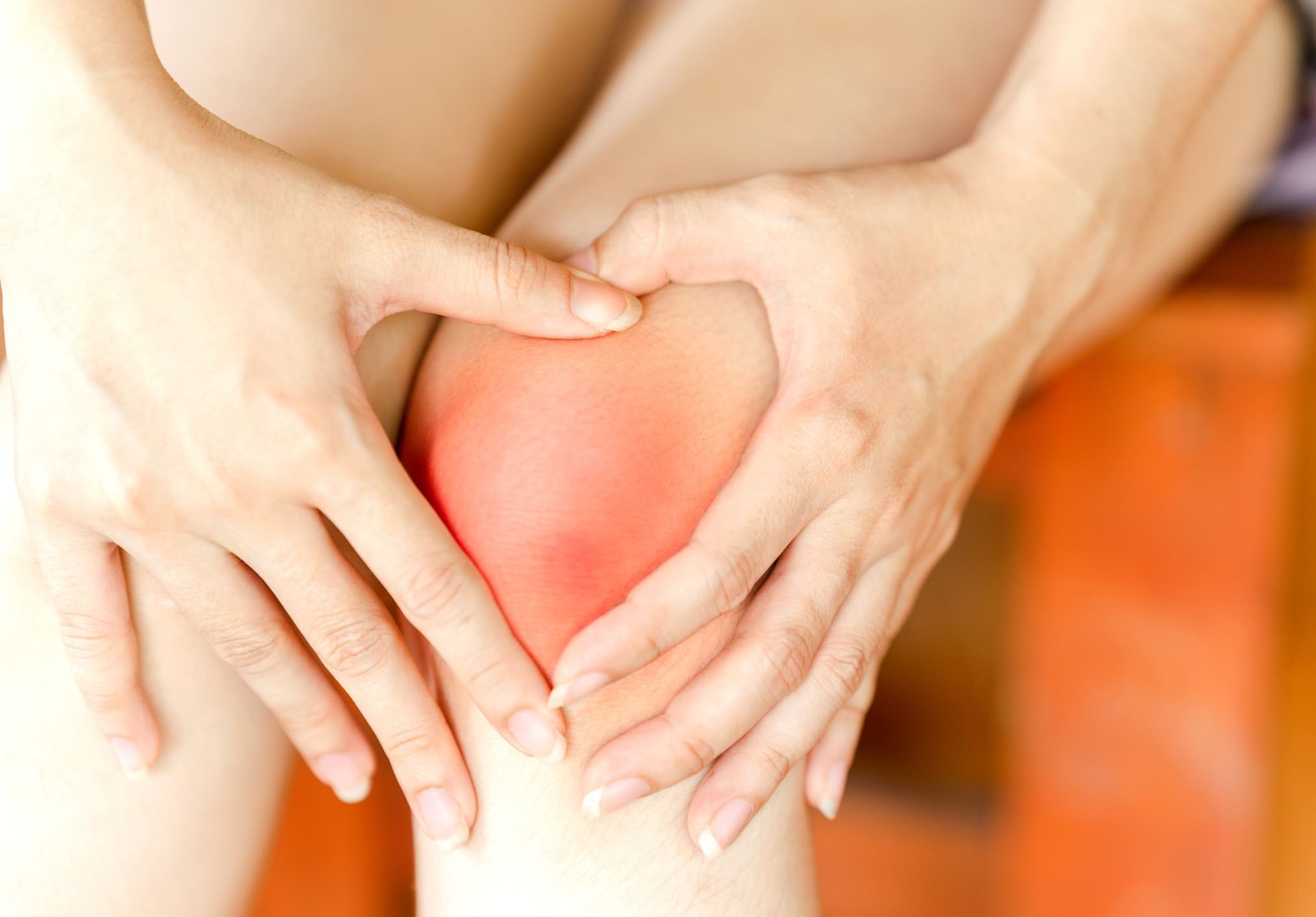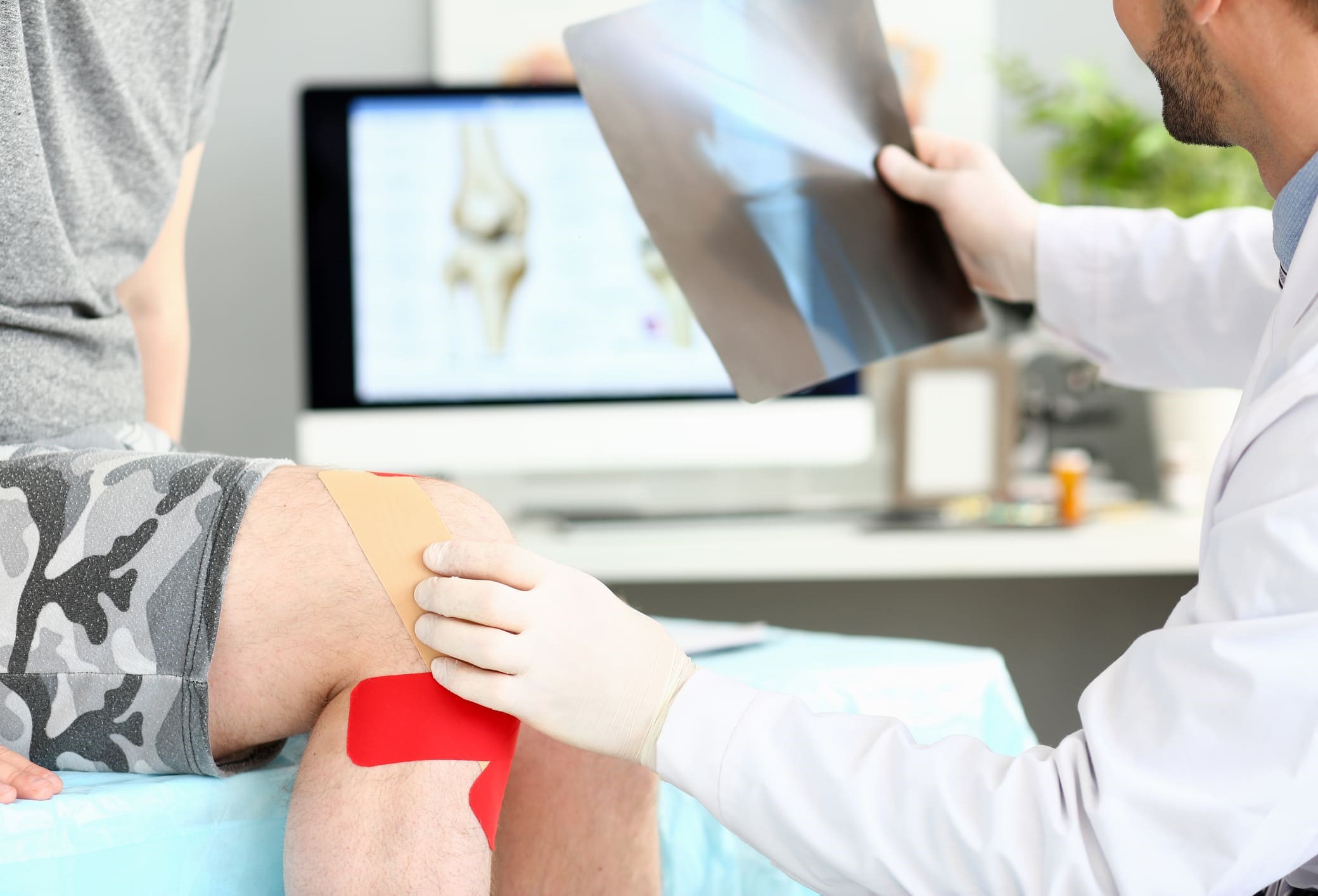Schedule An Appointment With Us
Are Your Symptoms Affecting Your Quality Of Life?
Consult our MOH-accredited orthopaedic surgeon for an accurate diagnosis & personalised treatment plan.
MBBS
MRCSEd
MMED (Ortho)
FRCSEd

Patellofemoral Pain Syndrome (PFPS) is a condition characterised by pain and discomfort at the front of the knee, particularly around the junction of the kneecap (patella) and the thigh bone (femur). This syndrome is commonly referred to as runner’s knee, as it frequently occurs in individuals who participate in activities involving running and jumping. It is prevalent among athletes, adolescents, and young adults and represents a common cause of knee pain in these groups.
PFPS serves as an umbrella term encompassing pain originating from the patellofemoral joint itself or the surrounding tissues. The syndrome is chronic and tends to exacerbate during activities like running, climbing stairs, or sitting for extended periods.
Several factors contribute to the development of PFPS:
PFPS primarily manifests as a dull, aching pain located at the front of the knee. This pain typically intensifies in specific situations:
Individuals may also notice crackling or popping sounds in the knee, especially when standing up after sitting for a long time or when climbing stairs.

The process of diagnosing PFPS typically involves the following steps:
Management of PFPS primarily involves conservative treatment approaches aimed at alleviating pain and addressing underlying causes.
RICE Method |
Initially, the knee specialist may recommend a period of rest, followed by ice, compression, and elevation to alleviate pain and reduce swelling. This helps facilitate knee healing and recovery from overuse. |
Medication |
Over-the-counter pain relievers like acetaminophen or nonsteroidal anti-inflammatory drugs (NSAIDs) such as ibuprofen may be used to reduce pain and inflammation. |
Physical Therapy |
Knee specialists may also suggest physical therapy to strengthen the muscles supporting the knees. It focuses on ensuring proper alignment and movement of the knee. This can also include gait retraining for those with biomechanical issues. |
Knee Bracing and Taping |
Providing support and improving knee alignment through bracing or taping can be beneficial in reducing pain and aiding recovery. For patients with biomechanical issues, the knee specialist may suggest orthotics to help alleviate stress on the knee joint. |
Surgical intervention for PFPS is generally considered only after conservative treatments have proven ineffective. It is tailored to the patient’s specific needs and is decided on a case-by-case basis.
This procedure involves using an arthroscope, a pencil-thin device with a camera lens and light, to view the knee joint. Through small incisions, tools are inserted to repair issues such as patellar malalignment or cartilage damage. If the pain is due to tight or imbalanced soft tissues, a lateral release procedure can be performed to release or lengthen these tissues, providing relief. Arthroscopy is a minimally invasive option and is often preferred for its quicker recovery time.
In more severe cases, especially those involving structural issues with the knee joint, open surgery might be necessary. This approach allows for more direct access to correct problems such as misalignment of the kneecap or to relieve pressure on the cartilage. Open surgery is generally considered a more extensive procedure and is reserved for cases where other treatments have failed to provide relief.
Schedule An Appointment With Us
Consult our MOH-accredited orthopaedic surgeon for an accurate diagnosis & personalised treatment plan.
Preventing PFPS involves several strategies aimed at reducing the risk of knee injury and maintaining joint health:

MBBS
MRCSEd
MMED (Ortho)
FRCSEd
With over 18 years of experience, Dr Poh Seng Yew is an orthopaedic surgeon specialising in hip, knee, shoulder and elbow surgery, sports medicine, and trauma surgery.




Weekdays: 9.00am – 5.00pm
Saturdays: 9.00am – 1.00pm
Sundays and Public Holidays: Closed
Please leave us a message, and we will be in touch with you shortly.
Recovery varies based on factors including the severity of the condition, the chosen treatment approach, and the patient’s overall health. Generally, it ranges from a few weeks to several months. Consult our knee specialist for a recovery timeline based on your condition.
Exercises focusing on strengthening and stabilising the muscles around the knee, especially the quadriceps and hip abductors, can be beneficial. These include straight leg raises and clamshell exercises. Reach out to our knee specialist for a tailored exercise regimen suited to your specific condition.
Activities that put excessive strain on the knee, such as running, squatting, and jumping, should be avoided. Movements that involve prolonged bending of the knee should also be minimised.
Applying the RICE method, along with over-the-counter pain relievers can provide quick relief. Our knee specialist can provide guidance on long-term management strategies.
Those with PFPS are usually allowed to walk, but it should be done cautiously to avoid aggravating the condition. If walking causes discomfort, seek guidance from our knee specialist for prompt treatment and effective management.